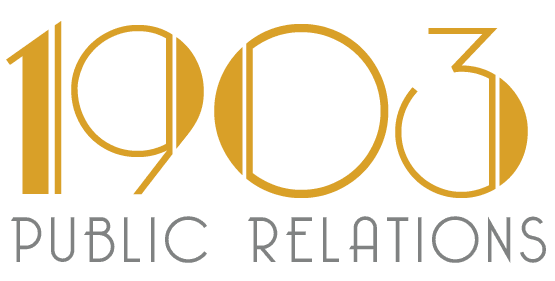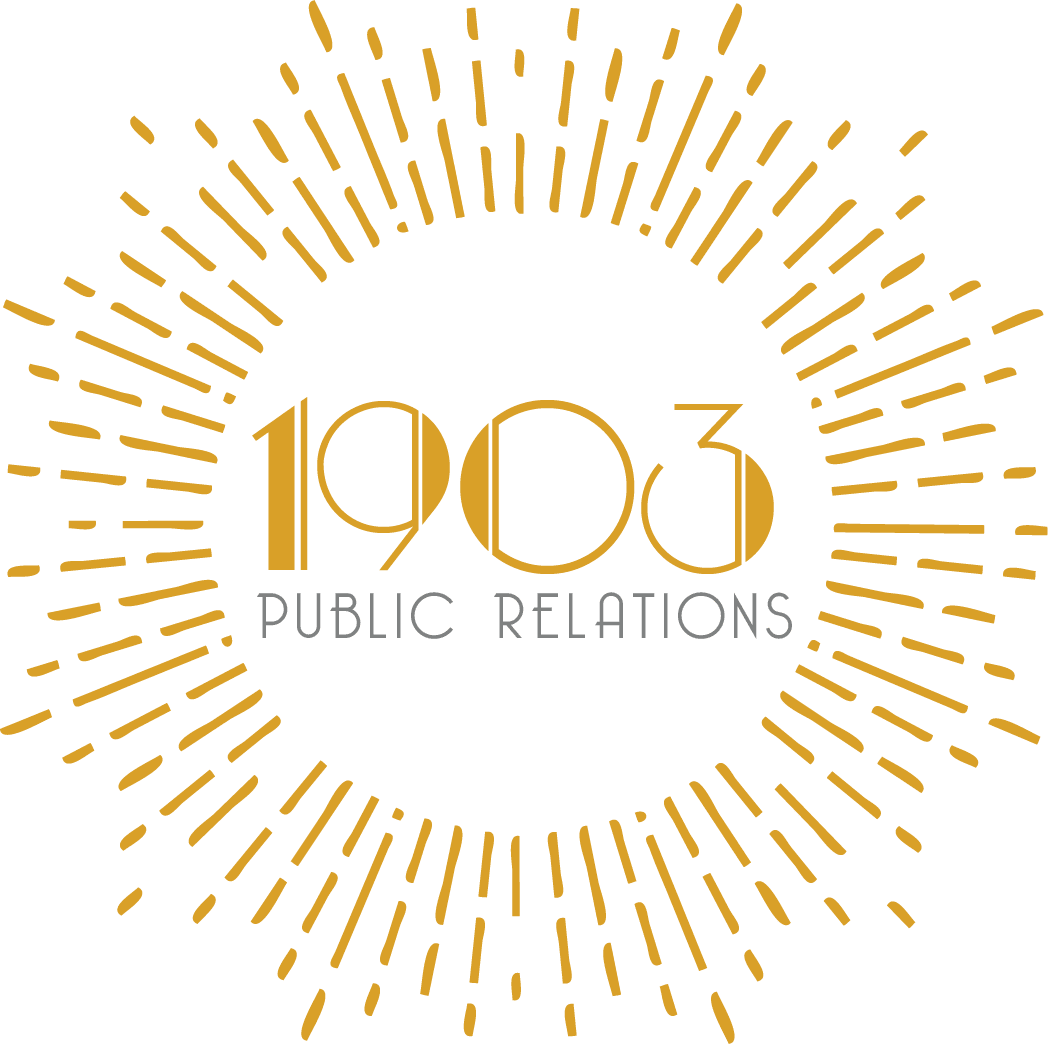By: Grace Decicco, 1903 Public Relations
Speaking engagements at industry events play a pivotal role for companies seeking to elevate their brand, reach target audiences, and connect with potential partners/buyers. Developing an event strategy that has your team playing an active role can elevate your company above a mere attendee, sponsor, or exhibitor to the level of thought leader and industry expert in the space.
Beyond the traditional marketing modes of sponsoring booths to display product/services, being a speaker during an event can further your company’s messages to a wider audience and increase your executives credibility in the process. Speaking engagements can lead to increased brand awareness, lead generation and partnerships, but it can be challenging to understand where to begin.
Knowing what events you should speak at, the content that you will be presenting, and how to craft a speaking program to stay a-top of industry events is a crucial aspect in driving successful initiatives.
Where to Begin When Launching a Speaking Program: Selecting The Right Events
Speaking opportunities are not one size fits all. From virtual and in-person webinars, workshops, keynotes, and panels, your executives have a suite of options when it comes to speaking opportunities. Although, there are a host of variables to consider that should be accounted for that can impact the success of securing a speaking gig. An event hosted by Forbes might be a tad bit harder to be selected for than your local Rotary club. Both can be useful but the difficulty is much more challenging when you are competing against nationally recognized names if you are not one yourself quite yet.
It’s important to understand that a combination of elements can impact your speaking goals, and that Rome wasn’t built in a day. If your goal is to speak on the largest global stages, you must build up to those opportunities. If you intend to earn your way there and not just buy a seat at that table (which is a route some have taken). The paid speaker path can easily cost north of a six-figure range for companies willing to put up the money. Unless your company has an endless budget this is a route we discourage, as earned opportunities are more credible long-term.
First, outlining the goals you hope to accomplish can be an initial guide that helps you identify what events you should speak at. Local, state, national, global and industry events all attract specific audiences. Whether the goal is to reach potential customers, investors, partners, or reporters – they might not all attend the same event so understanding where your audience is can help dictate which ones you should be attending as well. Most events have unique topics that it’s themed after and that it prefers its speakers touch on during their presentations. Being flexible and being able to align yourself with the event increases your odds of being selected.
Crafting a Compelling and Captivating Submission
Some conferences have direct links to application forms but be prepared to provide a range of information, including the speaker’s background and their connection to the topic they want to talk about during the event. Others have less formal processes, such as sending an email with similar information. Before you even get to the submission forms, start with asking yourself what areas you want to be speaking about. Ideally the topic should be a cross section of what you want to speak about, what’s beneficial for your organization and what the conference organizers want to feature.
Identifying and developing topics that satisfy all these needs will help you pick session ideas that can be adjusted from event to event. One pitfall many fall into when drafting up submission is the risk of using marketing content. Avoid topics that come across salesy, these submissions are rarely ever selected. Organizers are bringing together a host of people and want to put together an interesting and compelling event. A 10 – 30 min presentation on your company is unlikely to be the most compelling draw for people looking to hear about issues facing the entire industry.
They want to learn about thought provoking ideas, and concepts that inform/surprise. Promotional content should be avoided. Focus instead on showing you are a thought leader in the industry. Addressing emerging trends, challenges/solutions, educational content, or innovative approaches will resonate with audiences for better, and will validate your company’s reputation in the long run.
A Speaking Program is Time Intensive: Outsource it
Launching a speaking program can be a time intensive process from searching for and identifying appropriate events, to submitting proposals and actually creating full fledged presentations. All of this can take hours on a weekly basis, requiring coordinating schedules and submitting collateral for any secured opportunities.
By harnessing the expertise of your PR team, you can evaluate new opportunities, streamline the process and assess what events will be the most impactful toward the company. PR experts can maximize your company’s opportunities by curating calendars for potential and upcoming conferences and adjust as needed. Allowing your PR team to be the driver for communicating and scheduling your speaking engagements will also help make sure the process runs seamlessly. A well-executed speaking program not only showcases your expertise, but also serves as a platform to connect, inspire, and leave a lasting impression on target audiences.
Companies seeking to increase awareness and credibility within their industry should consider adopting a speaking program into their business strategy. From event selection, proposal submissions, to delivering compelling talks with targeted messages for key audiences, speaking programs have the opportunity to propel your company into the spotlight. While it’s a time intensive process that can be managed by a PR team, it’s a well worth investment that ultimately can drive revenue.
Schedule a Meeting Today


